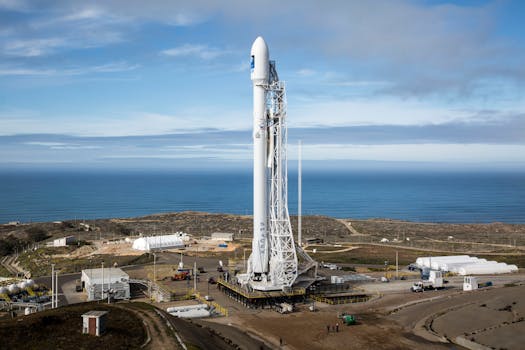Revolutionizing Global Connectivity: Starlink

Introduction to Starlink
Starlink is a Focus Keyword, the brainchild of Elon Musk’s SpaceX, designed to provide fast, reliable, and affordable internet connectivity to the world. The project involves launching a massive constellation of small satellites into low Earth orbit, which will work together to create a network of interconnected satellites. This network will enable the transmission of data between any two points on the globe, providing internet access to even the most remote and underserved communities.
How Starlink Works

Starlink uses a combination of advanced technologies, including phased array antennas, hall effect thrusters, and a custom-designed satellite bus. The satellites are equipped with a large number of antennas, which allow them to communicate with each other and with ground stations. The system uses a mesh network topology, where each satellite acts as a node, relaying data to and from other satellites and ground stations. This design enables the system to provide high-speed, low-latency internet connectivity, with speeds of up to 1 Gbps and latency as low as 20 ms.
Benefits and Impact of Starlink

The potential benefits of Starlink are vast and far-reaching. By providing global internet connectivity, Starlink can help bridge the digital divide, enabling people in remote and underserved communities to access the internet and participate in the global economy. Starlink can also provide backup connectivity during natural disasters or network outages, ensuring that critical communication services remain available. Additionally, Starlink can enable the development of new technologies and services, such as IoT, smart cities, and precision agriculture, which rely on high-speed, low-latency internet connectivity.
Challenges and Controversies

Despite its potential benefits, Starlink also faces several challenges and controversies. One of the main concerns is the risk of satellite collisions and the creation of space debris. The launch of thousands of satellites into low Earth orbit increases the risk of collisions, which can generate a large amount of debris and pose a threat to other satellites and space missions. Another concern is the potential impact of Starlink on the night sky, with the satellites visible as a bright string of lights, potentially interfering with astronomical observations.
See more:




